View a collection of archived webinars on coral reef ecosystems, the impact of climate change on reefs, reef restoration, and much more.

Join two NOAA Dr. Nancy Foster Scholars studying coral habitats from shallow to mesophotic depths in Flower Garden Banks National Marine Sanctuary. Discover how their science on historic coral carbon chemistry and present environmental baselines can help inform and guide sanctuary management decisions as we try to help these critical ecosystems remain resilient to a changing climate. Learn all about coral cores and benthic landers, and how you can study coral ecosystems too!

Coral reefs are in crisis, but we're not giving up! From citizen science tools to ocean alkalinity solutions, we're tackling the threats head-on. Come discover the exciting new techniques we're exploring to help slow the decline of these vital ecosystems.

Mesophotic, or “middle-light”, coral ecosystems exist deeper than the shallow coral reefs you might immediately think of. Mesophotic ecosystems can exist across depths of 100 ft (30m) to 350 ft (150m) from the ocean surface. Because of this depth range, these ecosystems occupy as much as 80% of the potential space coral reefs can live in on the seafloor throughout the global tropical ocean. In recent decades, technological advances in diving and robotic vehicles have allowed us to explore and learn more about these diverse and important ecosystems. Come join me to learn more about these ecosystems and what it takes to study them using cutting-edge science!

Join Dr. Steve Gittings, Chief Scientist of NOAA's Office of National Marine Sanctuaries, for a front-row seat to a 40-year saga of beauty, death, and survival. Act I: A brilliant new star, the Indo-Pacific lionfish, makes its dramatic debut in the Atlantic Ocean. Mesmerizing at first, it soon horrifies as it leaves disappearance in its wake. Act II: An ecological crisis ensues as native fish succumb to waves of these alien invaders, with no natural defenses to stop them. Act III: Humans enter the scene, combining innovation and brute force to offer Nature a helping hand while it seeks its own footing. Will this epic struggle find resolution? Is it the end of the ocean we know, or a new beginning? Learn how this drama unfolds and what the future holds.
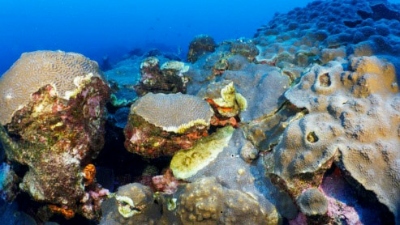
In 2022, a mystery disease appeared on the magnificent reefs of Flower Garden Banks National Marine Sanctuary. Join scientists in their efforts to identify the mystery disease, to predict how diseases may arrive at Flower Garden Banks, and to understand how the reef responds to pathogens, with invaluable lessons drawn from the outbreak of stony coral tissue loss disease in Florida and the Caribbean.
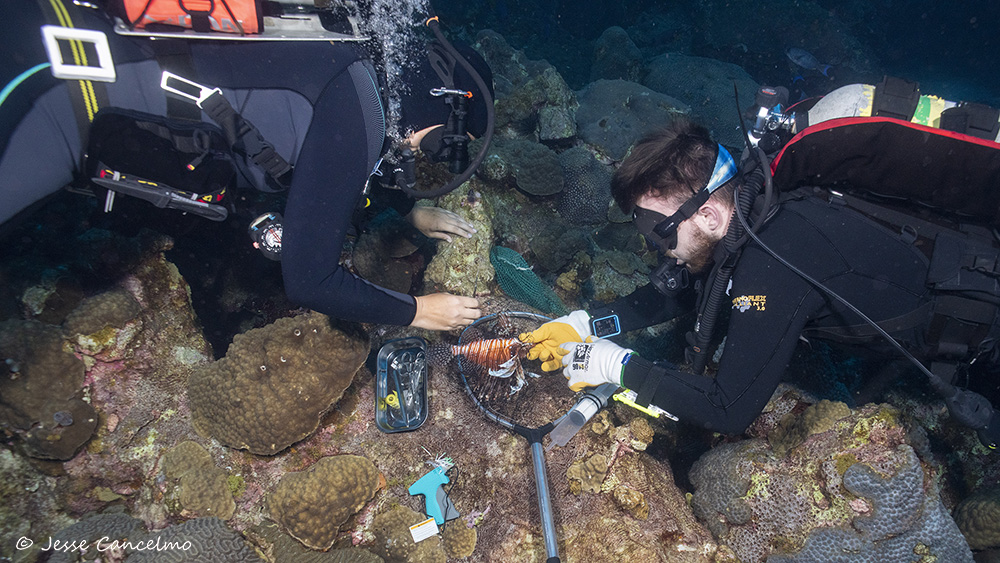
Understanding where fish spend their time on the reef is a critical part of effective resource management. This study examines how fish are using the reefs and banks across the sanctuary, at both large and fine scales, using underwater acoustics.
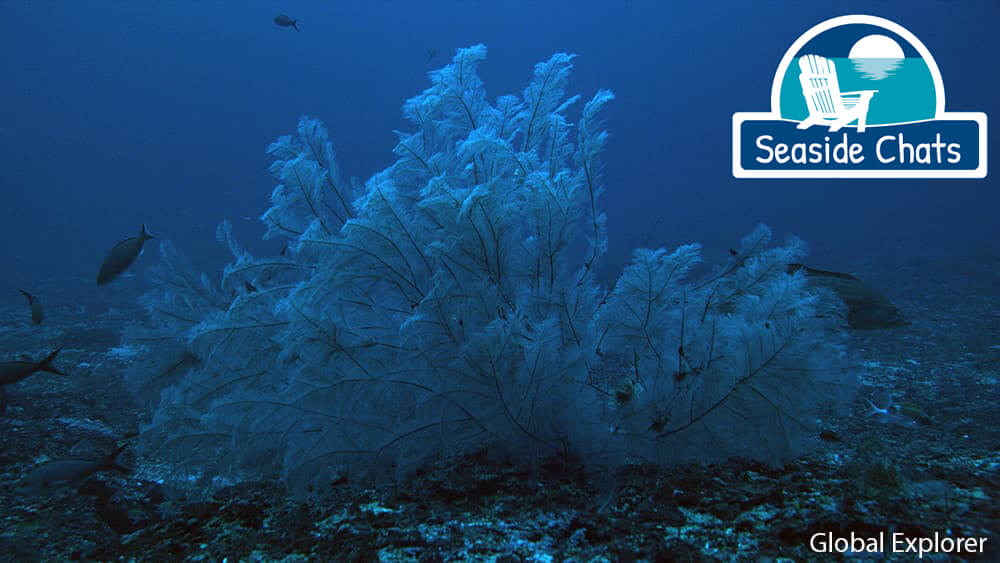
Like all marine animals, corals leave behind genetic traces in their environment. Scientists refer to these genetic traces as environmental DNA or eDNA. Similar to forensics, marine biologists can sequence this eDNA to determine what animals have passed through an area, or are nearby but not easily seen. Learn how Luke McCartin sequences eDNA to better understand the corals that live in the deepest waters of Flower Garden Banks National Marine Sanctuary, even when he can't see them!
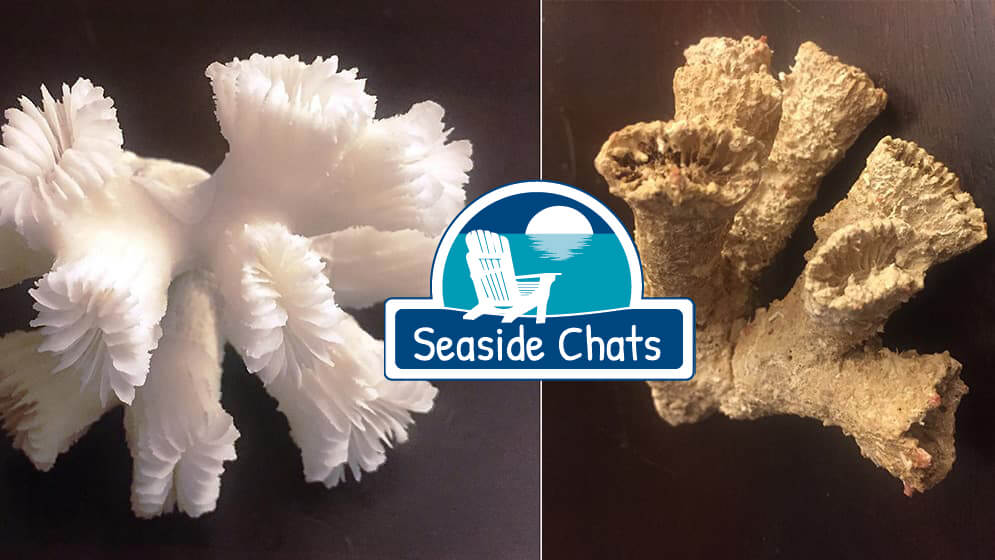
Who knew, that hidden beneath the beautiful reefs we know and love, lay ancient reefs of a different nature? In 2006-2007, while conducting annual long-term monitoring activities at the Flower Garden Banks, researchers discovered remnants of a fossil reef comprised of elkhorn and staghorn corals, species almost non-existent on our reefs today. This discovery has dramatically altered our understanding of reef development at the Flower Garden Banks and the response of coral communities to changing climate through time.
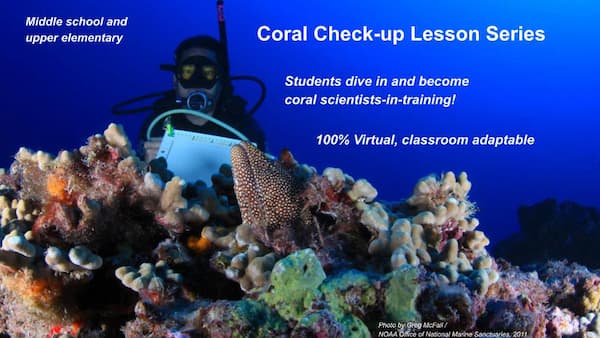
Dive in and learn about the newly released Coral Coral Check-up Lesson Series. This free, NGSS-aligned curriculum introduces middle school students to coral reef monitoring and ecology through virtual real world experiences focused in the Hawaiian archipelago. Students use NOAA and NOAA partner data and resources to assess coral bleaching impacts, immersing themselves in a worldwide effort to protect and conserve coral reefs. Our goal is for students to come to view themselves as reef stewards, budding scientists, and active agents for change.
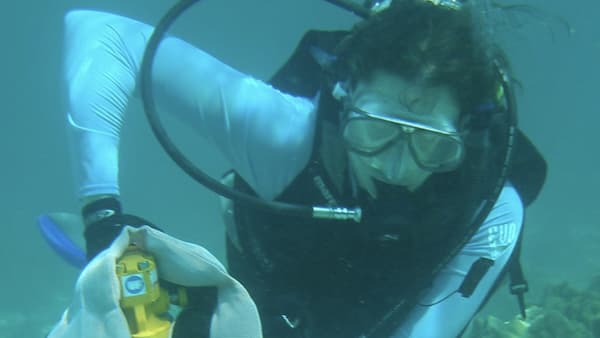
The skeletons of massive corals grow in layers, similar to tree rings, that can be counted to determine the years of growth. Scientists can look at the chemistry of each of these layers to see what the water temperature was when that part of the coral skeleton was growing, as well as other indicators of environmental conditions. By stringing together these yearly skeletal records, scientists can chronicle how the ocean and the coral reef have changed over time.
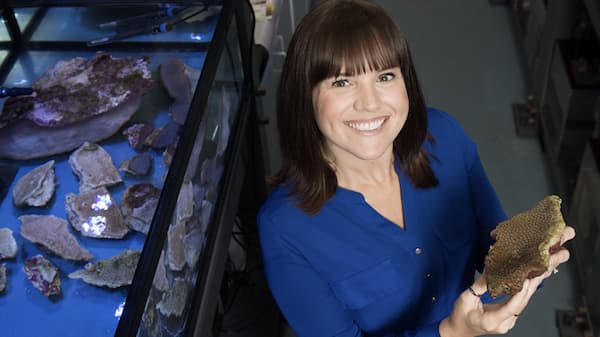
Corals exhibit some of the most fascinating reproductive behavior in the animal kingdom. Once a year they release their eggs and sperm into the water column for external fertilization. This life history strategy allows corals, which are usually stuck in one place, to disperse to new reefs. This spawning behavior also allows coral researchers to study a variety of different research topics to better understand coral symbiosis, dispersal, and responses to climate change.
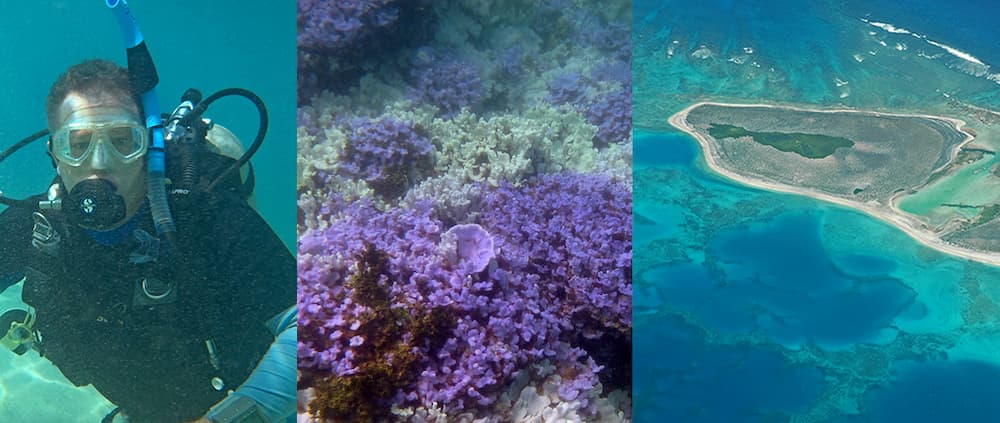
Current and future impacts from climate change are considered to be the single greatest threat to the long-term integrity of Papahānaumokuākea. The effects of climate change are already being observed.

Over the last 40 years, coral reefs in the Florida Keys, like reefs worldwide, have suffered dramatic declines. Nearly 90 percent of the live corals that once dominated the reefs have been lost. Emergency action is required to change the trajectory of the health of coral reefs in the Keys.
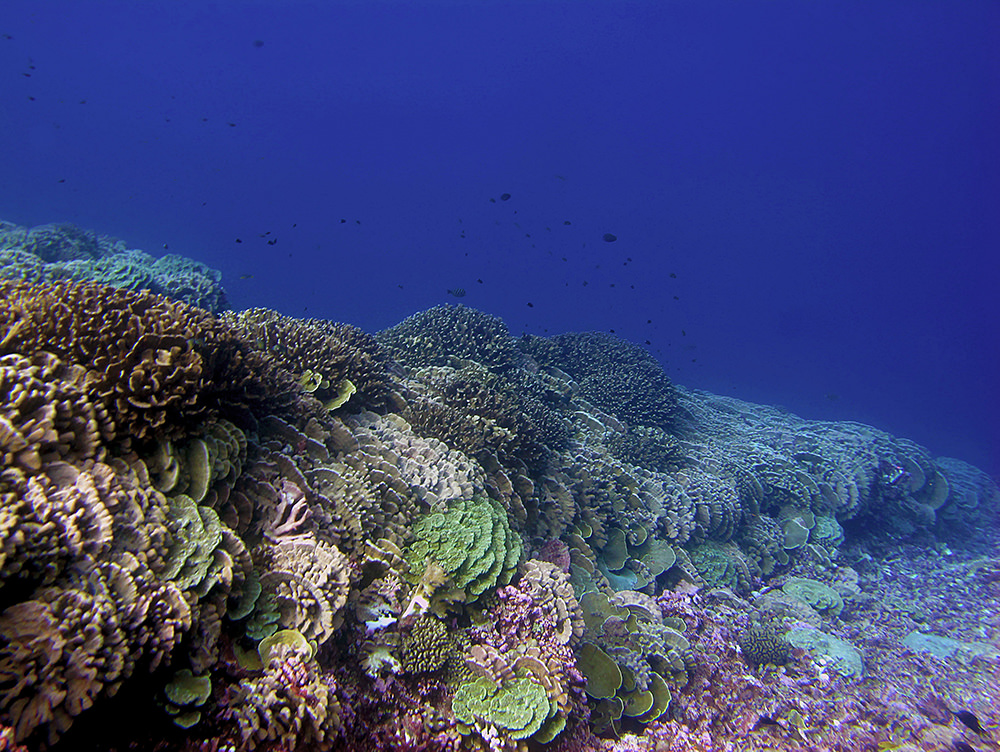
Reef-building corals rely on a symbiosis with microscopic algae for much of their energetic needs. Rising ocean temperatures threaten this symbiosis and can cause it to break down in a process known as coral bleaching, which is one of the primary threats to the persistence of coral reef ecosystems globally.
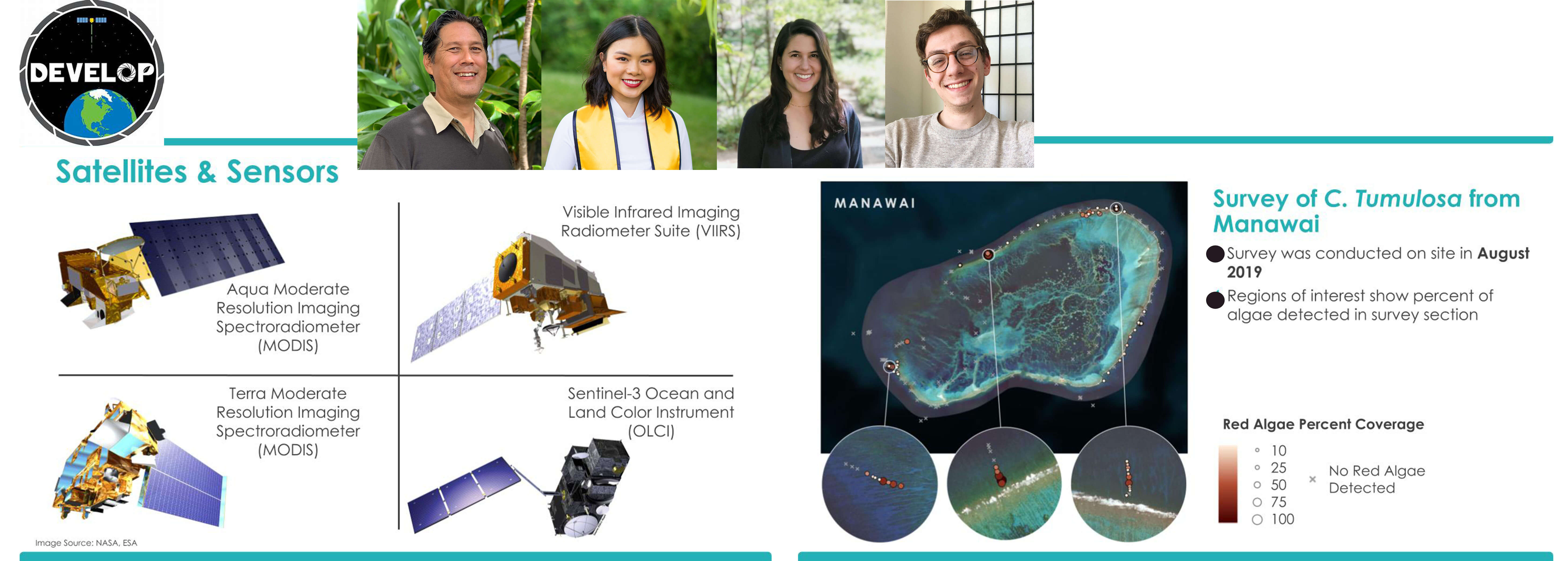
An extensive outbreak of a newly identified algae, Chondria tumulosa, threatens the survival of the coral reefs at Manawai (Pearl and Hermes) with the potential to spread to nearby atolls in Papahānaumokuākea Marine National Monument.

Coral reefs are both culturally and economically important, yet these ecosystems still remain poorly understood. Join Dr. John Burns to learn how the Multiscale Environmental Graphical Analysis Lab uses cutting-edge 3D technology to map reefs in high-resolution.

As coral reefs decline globally, interest in using coral gardening techniques for reef restoration is increasing. This webinar presentation will review well-established and cutting-edge techniques for propagating and restoring corals, as well as experimental work focused on identifying corals that can survive future ocean conditions.
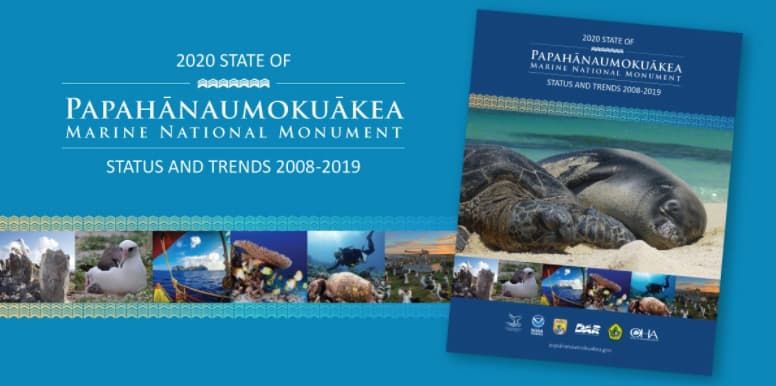
The Papahānaumokuākea Marine National Monument recently conducted an assessment of 10 years of status and trends of living resources, habitats, ocean conditions, maritime and cultural archaeological resources, and the human activities and natural events that affect them. Jonathan Martinez, Ph.D, the lead editor and author of several sections, will present findings from the report across all resource areas with an emphasis on assessments for coral reef ecosystems during this talk.

Coral bleaching is one of the side effects of an increasingly warmer ocean. Episodes of coral bleaching are happening more regularly and with greater severity as the years progress.
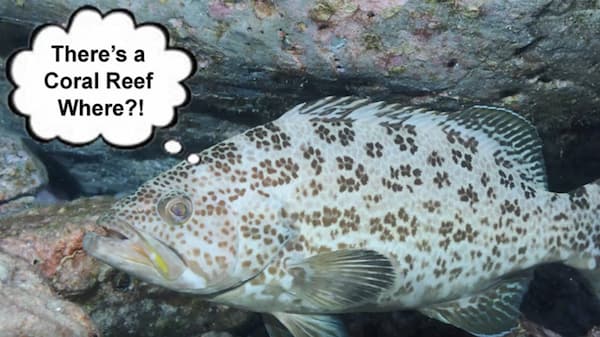
These are webinar recordings of presentations hosted by NOAA staff about the coral reef ecosystem of Flower Garden Banks National Marine Sanctuary in the Gulf of Mexico.